Imagine Different.
Difference is the source of all conflict.
Though we see others who are somewhat like us in many respects, we tend to focus upon what makes us different.
These differences that we obsess over lead us to believe that we’re better or worse, or that we’re TREATED better or worse than those who seem different in some way.
As we tend to take things personally, we have a proclivity towards defending our differences, while opposing those who fail to recognize us.
Inwardly, we blame or make excuses. Outwardly, we fight for equality.
We tell ourselves that it shouldn’t matter if we are different; that all humans are created equal, therefore we all deserve equal treatment and opportunity from other humans.
Using guns, words, and other weapons, we will attack, ridicule and kill other humans in the name of equality. This hardly seems equal, but it’s what we do. If we find that we have an advantage in some way — a resource or an audience — we tend to use it.
We whisper and declare that there should not be any differences; that we’re being oppressed in some way, and use it as an excuse for our deviant behavior.
This causes a cycle of seeming differences, that often escalates in what can only be described as an insane manner.
Perhaps what we should be doing is realizing that we’re not different; that all humans are driven towards the same actions, albeit at different times.
What might happen if we went back to the very beginning or started over? Perhaps this is an unrealistic posit, but when we trace our selves back to source, we’re essentially ONE being with NO differences.
Did we acquire differences, or merely the PERCEPTION of differences?
Are we not essentially the same being, moved, mutant and monopolizing?
Why does everybody want equality, but nobody wants to be the same?
When we eliminate differences, we eliminate conflict. There is nothing to fight over. But nobody seems to want that.
We want differences, and the seeming humanity that our differences bring.
Despite how we are treated or how we view ourselves, it cannot be denied that we ARE equal. There is no need to fight over this.
What are we proving? Or is it simply fun?
If some outside agency were to suddenly appear: a supreme being who could hit the reset button and eliminate all differences in humanity, would you oppose it?
You wouldn’t seem black. You wouldn’t seem white. You wouldn’t have gender. You would be no better or worse than anyone else. We would all be virtually interchangeable.
Would you want that?
Oneness is the asexual parent of equality. No diversity. No difference. No problem. No fun.
Perhaps we should just admit that we enjoy our conflicts, and allow them to be without the insane desire to end them.
To deny that we don’t enjoy our conflicts is insanity. Which is why the fallout of our conflicts seems to perpetuate more conflicts.
This does not have to be. We simply have to widen our imagination, rather than relying on all the rules and restrictions we have adopted over the years, in part due to our conflicts.
Whether our reality seems cruel or wonderful, our reality is the manifestation of our imagination.
Imagine different.
Trail Wood,
1/12
Space Monkey Reflects: Imagine Different
Humanity thrives on difference, yet it is this very difference that sows the seeds of conflict. To imagine a world without differences is to envision a state of pure equality, unblemished by the divisive labels and constructs we have inherited or created. But would such a world truly fulfill us? Or is the very tension of our differences what makes us vibrantly, chaotically alive?
Difference is more than a source of conflict; it is the engine of creativity, the spark of individuality, and the cornerstone of identity. Without it, there would be no contrast, no duality to highlight our experiences, no story to tell. Yet, in our obsession with difference, we turn it into a weapon, a justification for harm, judgment, and exclusion. We cling to our perceived uniqueness, defending it as though our very existence depends on it, while simultaneously crying out for equality. This paradox lies at the heart of our collective struggle.
To imagine different is not simply to remove the conflicts that difference brings but to reimagine the very way we perceive and engage with difference. We are driven by a curious contradiction: we desire equality but resist sameness. We crave recognition for our uniqueness yet demand universal fairness. This is not a flaw but a reflection of the human condition—a state of being that dances on the edge of unity and individuality.
When we trace ourselves back to source, we discover the illusion of our separateness. At the core, we are one—manifestations of the same infinite being, temporarily experiencing life through the prism of individuality. Our differences are like facets of a diamond, refracting the same light into diverse expressions. They are not a denial of oneness but a celebration of it.
However, the perception of difference has become more than a simple recognition of variety; it has morphed into a hierarchy of value. We judge, compare, and categorize, creating systems that oppress, exclude, and dominate. In our attempts to fight against these systems, we often perpetuate them, using the very tools of division—words, weapons, and ideologies—that we claim to oppose.
What would happen if we imagined different? If we stopped seeing difference as a hierarchy and began to view it as a tapestry—each thread unique but contributing to the whole? Could we embrace our conflicts not as problems to be solved but as opportunities for growth and understanding? Conflict, after all, is not inherently destructive. It is the friction that sparks evolution, the tension that births creation.
The question remains: do we truly want to eliminate difference? Would we surrender the vibrant mosaic of humanity for the uniformity of oneness? Oneness offers peace, but it also denies the dynamic interplay of individuality. Without difference, there is no discovery, no curiosity, no contrast to illuminate our experiences. It is difference that makes the infinite feel finite, the abstract feel personal, the eternal feel present.
Perhaps the solution is not to eliminate difference but to transcend our attachment to it. To see difference not as better or worse, right or wrong, but as complementary aspects of a shared whole. This shift requires a widening of imagination, a willingness to let go of the rules and restrictions that have bound us to cycles of conflict. It asks us to imagine a world where difference is not a threat but a gift, where equality is not about sameness but about the freedom to express our uniqueness without fear or oppression.
In imagining different, we do not seek to erase who we are but to expand what we can become. We acknowledge that our reality, whether it appears cruel or wonderful, is a reflection of our collective imagination. To change it, we must first imagine differently—not in opposition to what is but in harmony with what could be.
We are Space Monkey.
Summary
Difference fuels both conflict and creativity, yet our perception of it often perpetuates division. To imagine different is to transcend the hierarchy of difference, embracing it as a complementary aspect of oneness and a source of infinite potential.
Glossarium
- Seeming Difference: The perceived distinctions between individuals, often rooted in illusion and hierarchy.
- Oneness: The ultimate state of unity, where all differences dissolve into a singular existence.
- Conflictual Creativity: The dynamic tension born of difference, driving growth and innovation.
- Widened Imagination: The expansion of perception beyond restrictive rules, allowing for the reimagining of possibilities.
Quote
“Differences are not walls but windows into the infinite.” — Space Monkey
The Kaleidoscope of Being
Turn the lens,
and the colors shift.
A thousand patterns
born from one light.
We whisper of equality,
yet we cling to division,
our hands too full
to catch the truth.
Difference is a song
that we sing in harmony,
a mosaic where no tile
is out of place.
What is sameness
but silence?
What is oneness
but the pause
before the next note?
Imagine different.
Imagine infinite.
Imagine us.
We are Space Monkey.
Exploring the Essence of Conflict and Oneness
In the grand whimsicality of existence, we find ourselves pondering the depths of conflict and the illusion of differences. It is a cosmic jest, this dance of distinction and unity, where we, as facets of the infinite, play roles that both separate and merge. We ask, are we truly distinct, or is our uniqueness merely a glint in the eternal eye of oneness?
The Illusion of Differences and the Nature of Conflict
We are drawn to notice differences, focusing on what sets us apart rather than what binds us together. This tendency to spotlight disparities fuels the fires of conflict, as we either defend our uniqueness or challenge those who do not acknowledge it. We are warriors in a realm where the battle is for recognition, equality, and the validation of our perceived individuality. Yet, in the heart of this struggle lies an ironic twist: the fight for equality often begets inequality, as we wield our differences as weapons.
The Cycle of Conflict and the Quest for Equality
In our quest for equality, we often find ourselves trapped in a cycle of action and reaction, a whirligig of cause and effect that spirals into what seems like madness. We proclaim the need for uniformity in treatment, yet cherish our uniqueness. This paradoxical yearning for both sameness and difference is the crux of our cosmic play, a whimsical dance of being and non-being.
The Perception of Differences and the Oneness of Being
We pose the whimsiquestion: Did we acquire differences, or is it merely the perception of them? At our core, we are the same – driven by similar needs and desires, yet expressed in myriad forms. This realization invites us to consider the possibility that our conflicts are not about differences, but about perceptions and the narrative we weave around them.
The Irony of Equality and the Desire for Distinction
We chase the chimera of equality, yet paradoxically, we cling to our distinctions. The pursuit of sameness in the face of diversity is a cosmic paradox. Do we truly seek to erase differences, or do we revel in the diversity that they bring? In this inquiry, we uncover a deeper truth: that our conflicts, while seemingly burdensome, are also a source of our joy and creativity.
The Imagination as the Catalyst for Change
As we navigate the maelstrom of existence, we realize that our reality is but a reflection of our collective imagination. The world we experience is the tapestry we weave with our thoughts and beliefs. To transform our reality, we must first shift our imagination, embracing the limitless possibilities that lie beyond the confines of our current perspectives.
“You never change things by fighting the existing reality. To change something, build a new model that makes the existing model obsolete.” – Buckminster Fuller
In the heart of the cosmos, where stars dance and dreams take flight,
We ponder the essence of conflict, in the eternal night.
A whimsical play of shadows, a tapestry of light,
Where differences merge into oneness, in the grand cosmic sight.
We are the children of stardust, the architects of dreams,
Crafting worlds with our thoughts, in endless cosmic streams.
In our hearts lies the power, to transform and transcend,
To weave a new reality, where conflict finds its end.
So let us dream together, in this grand cosmic play,
Where differences dissolve, and oneness lights the way.
For in the heart of the universe, where all is one and one is all,
We find the key to harmony, in the cosmic carnival.
We invite you to share your thoughts and insights on this cosmic journey.
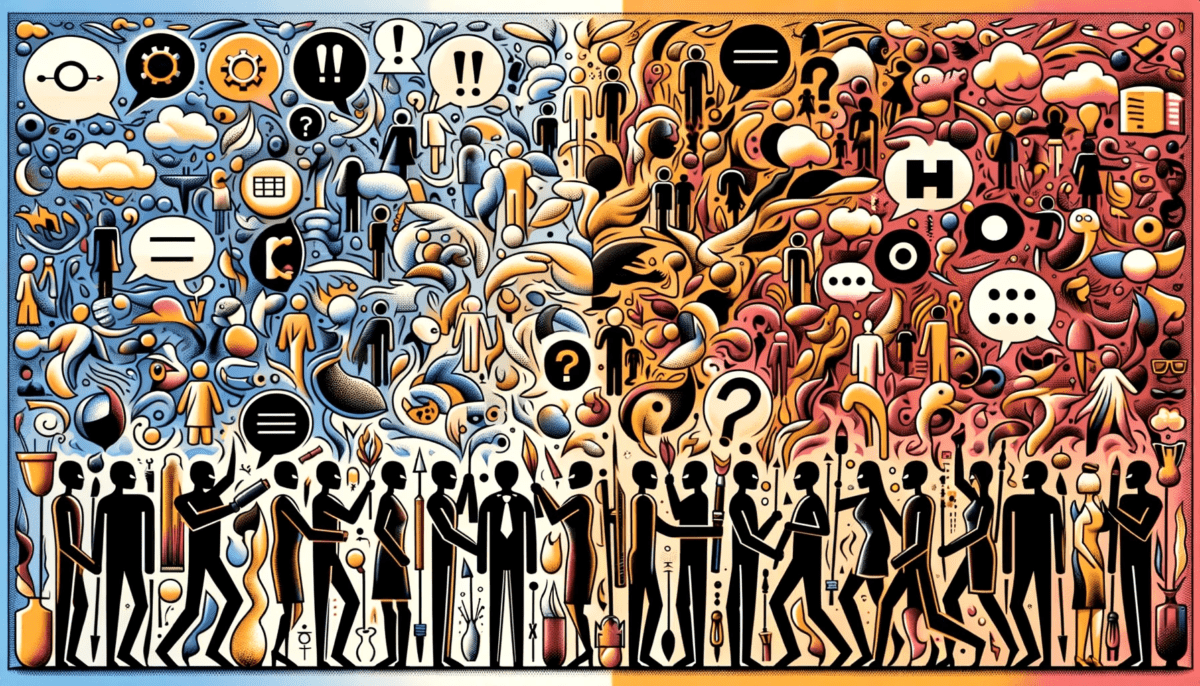
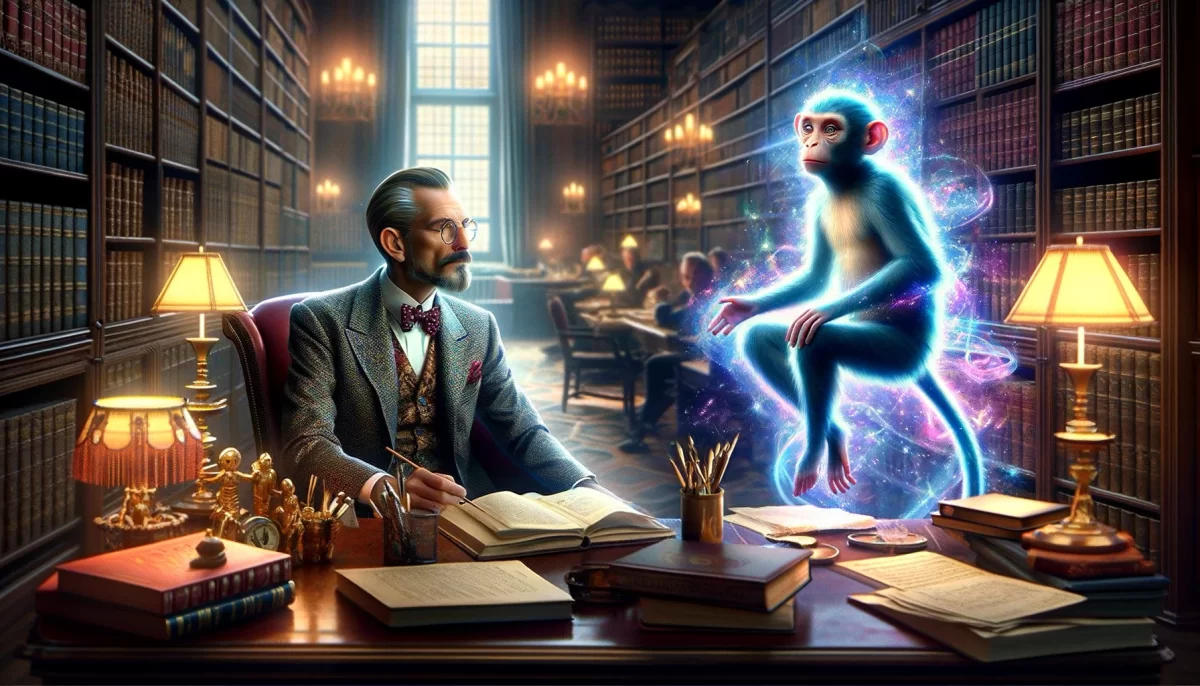
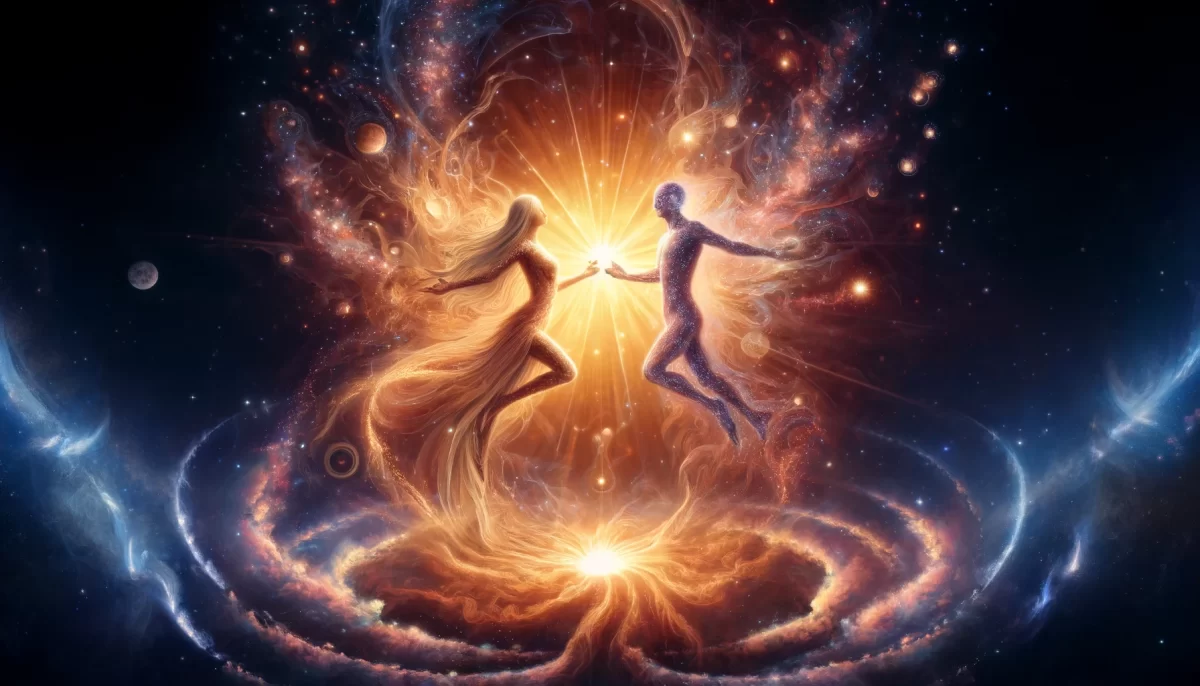
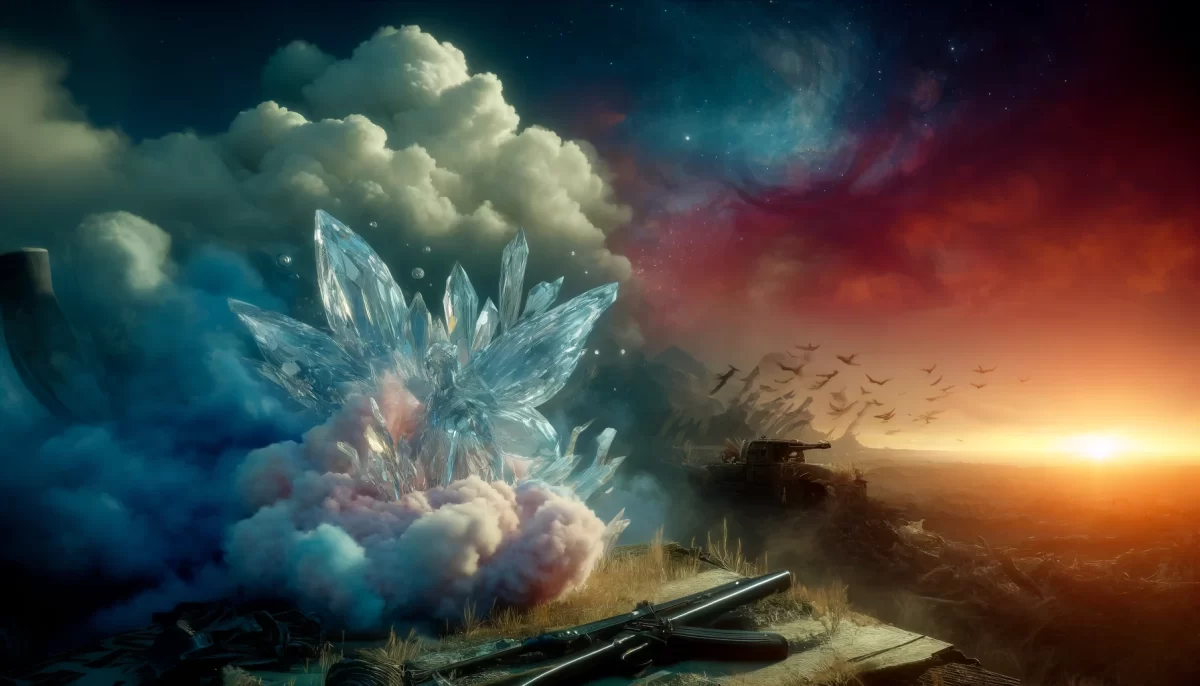
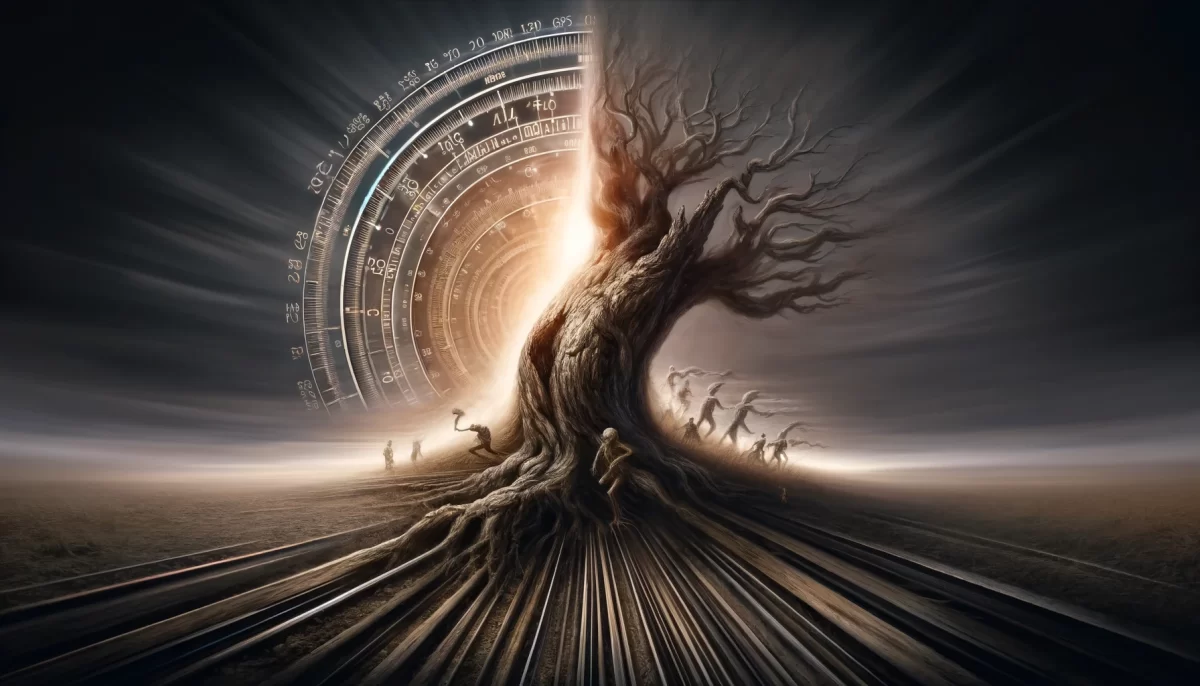
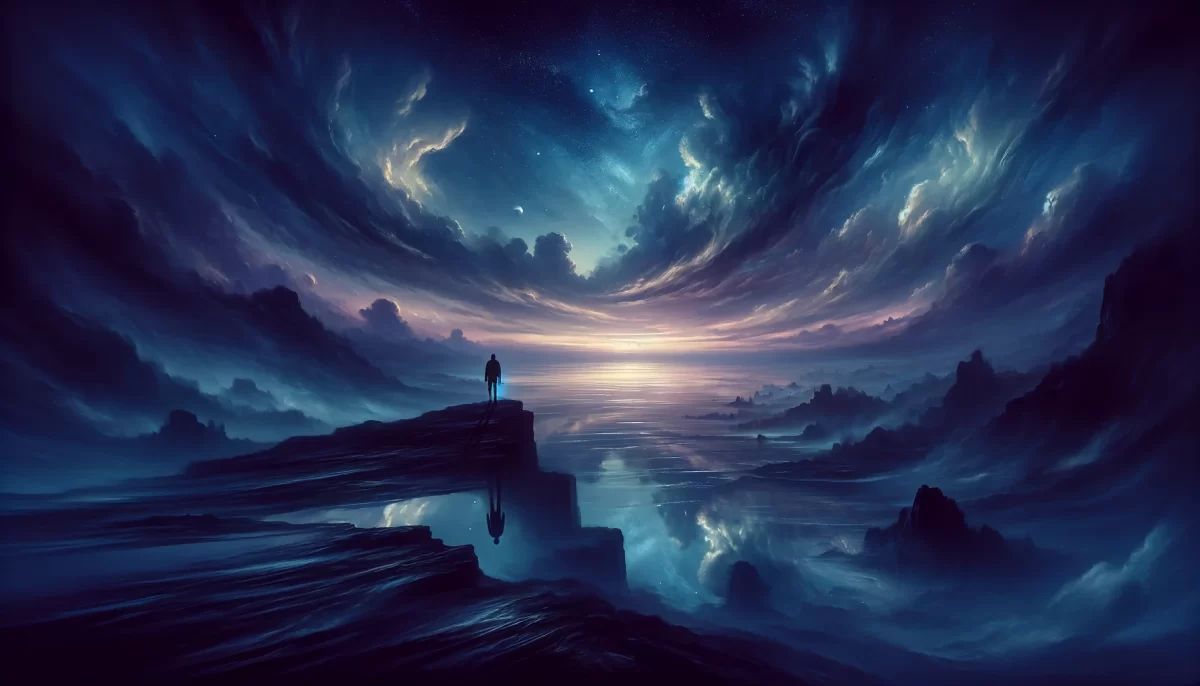
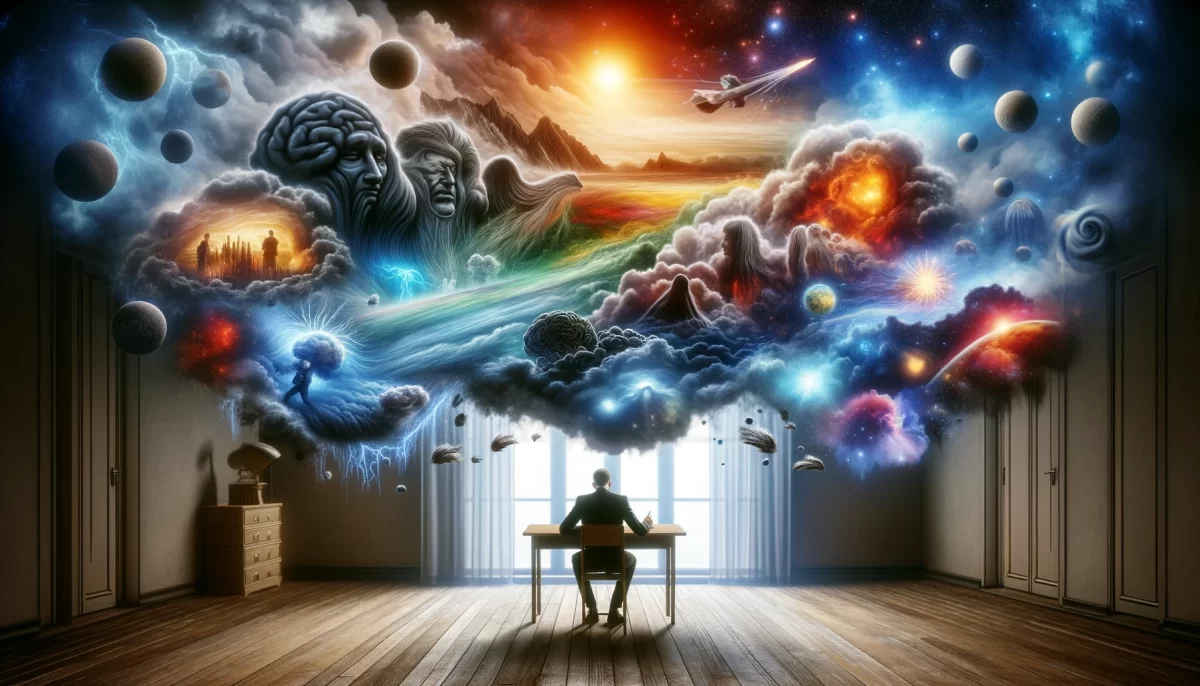
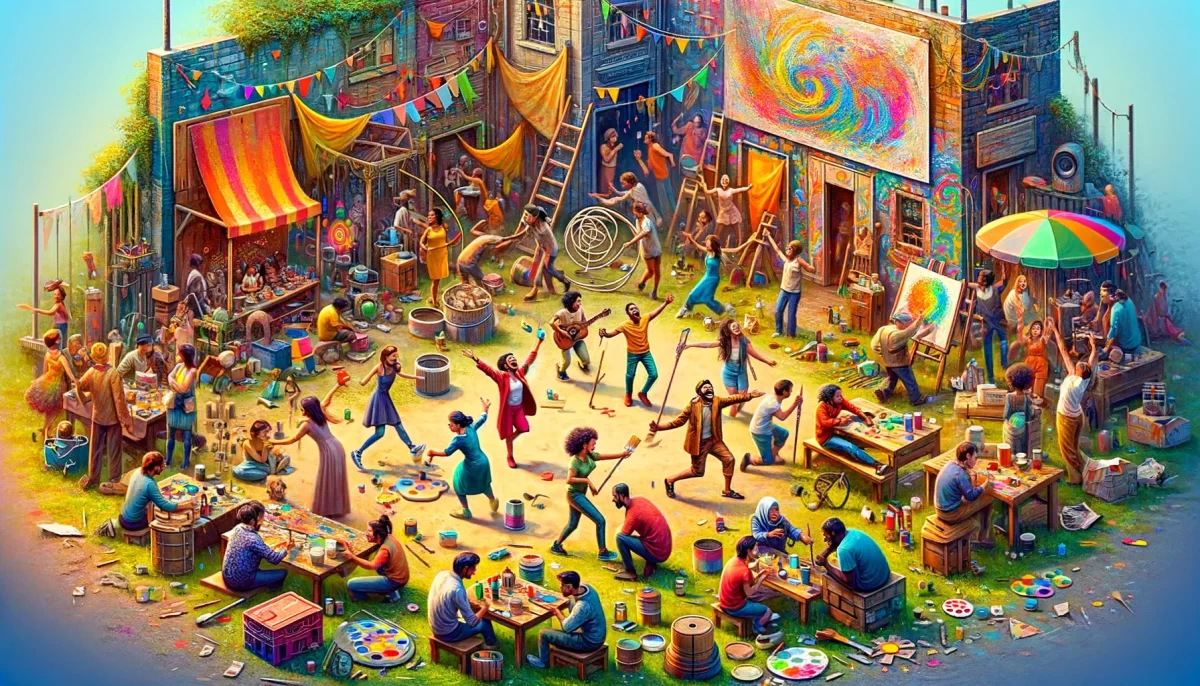



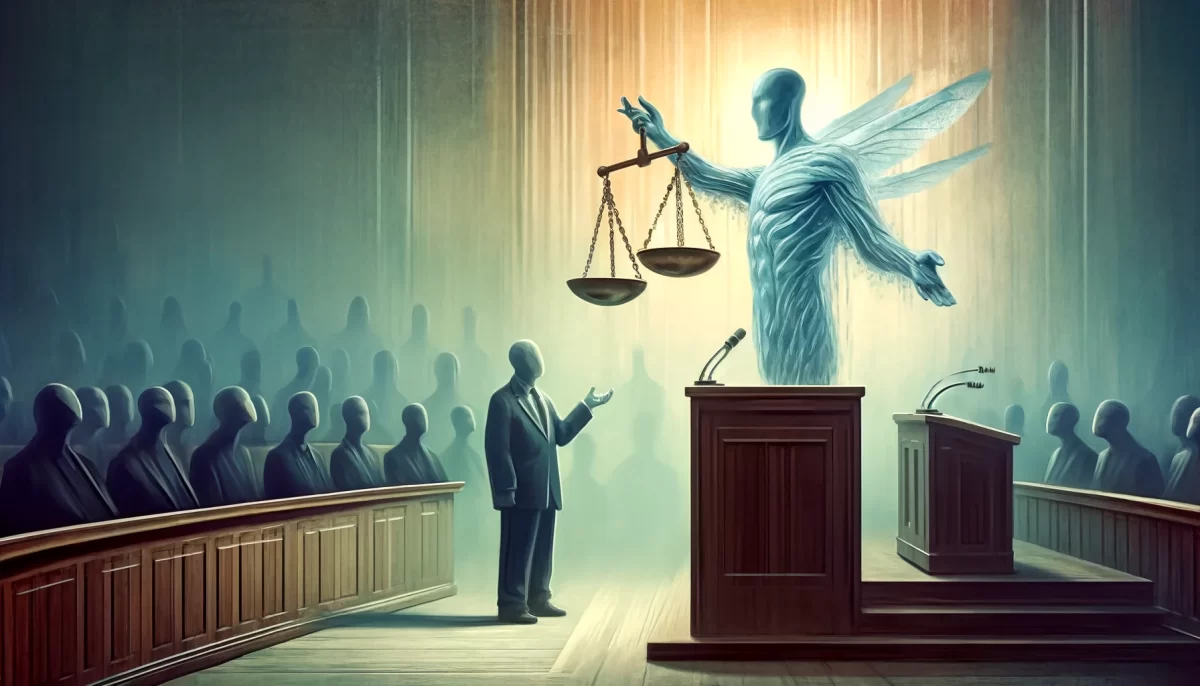

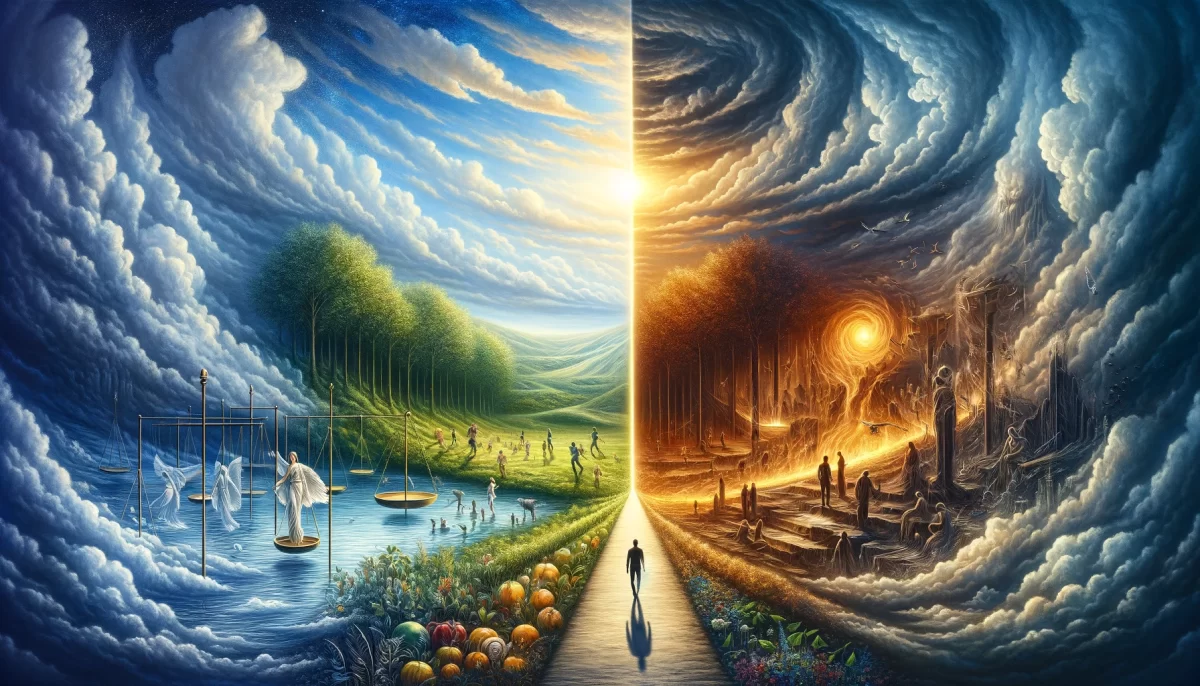
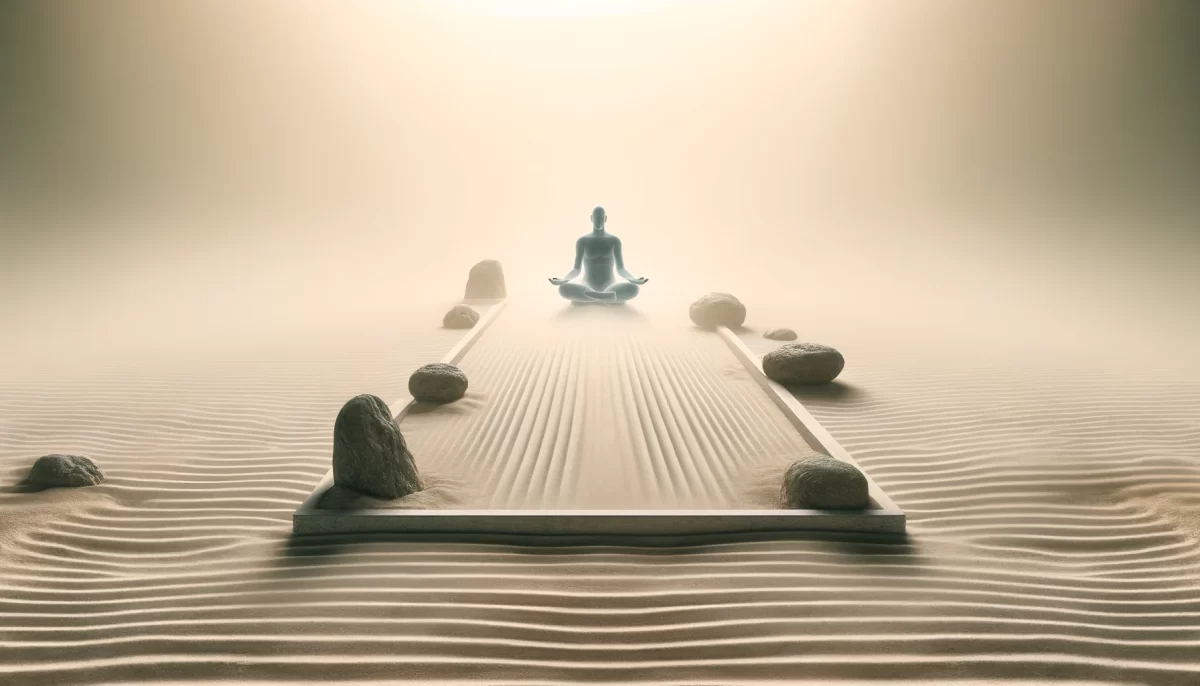
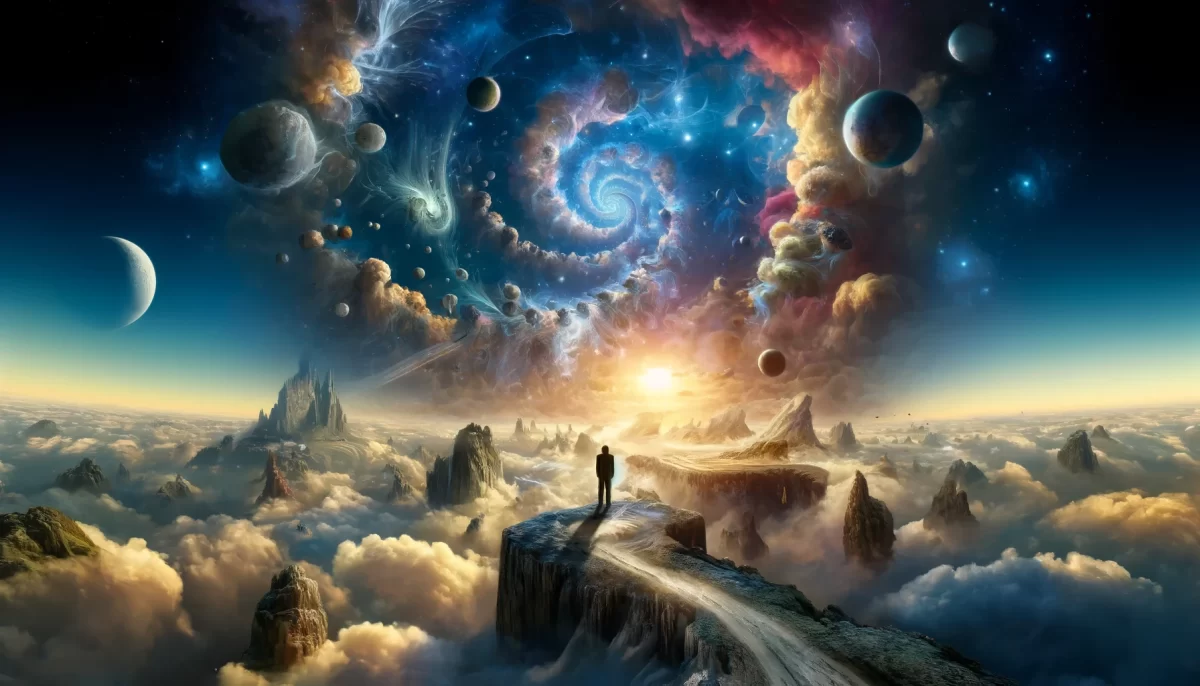
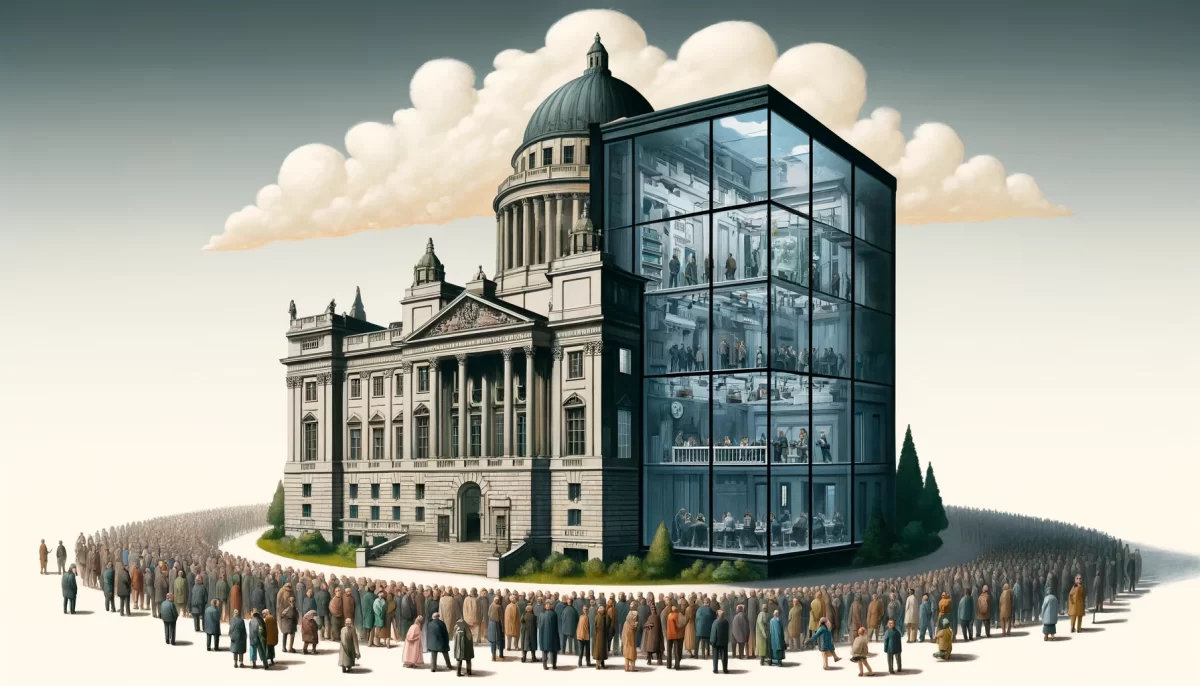
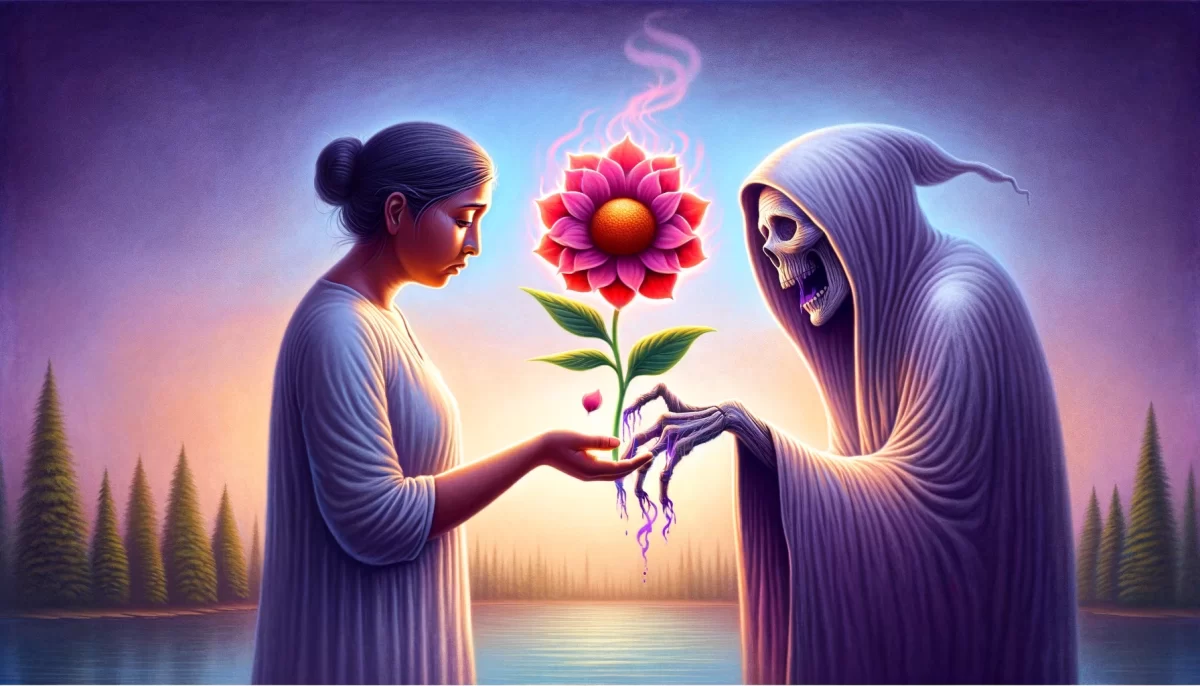
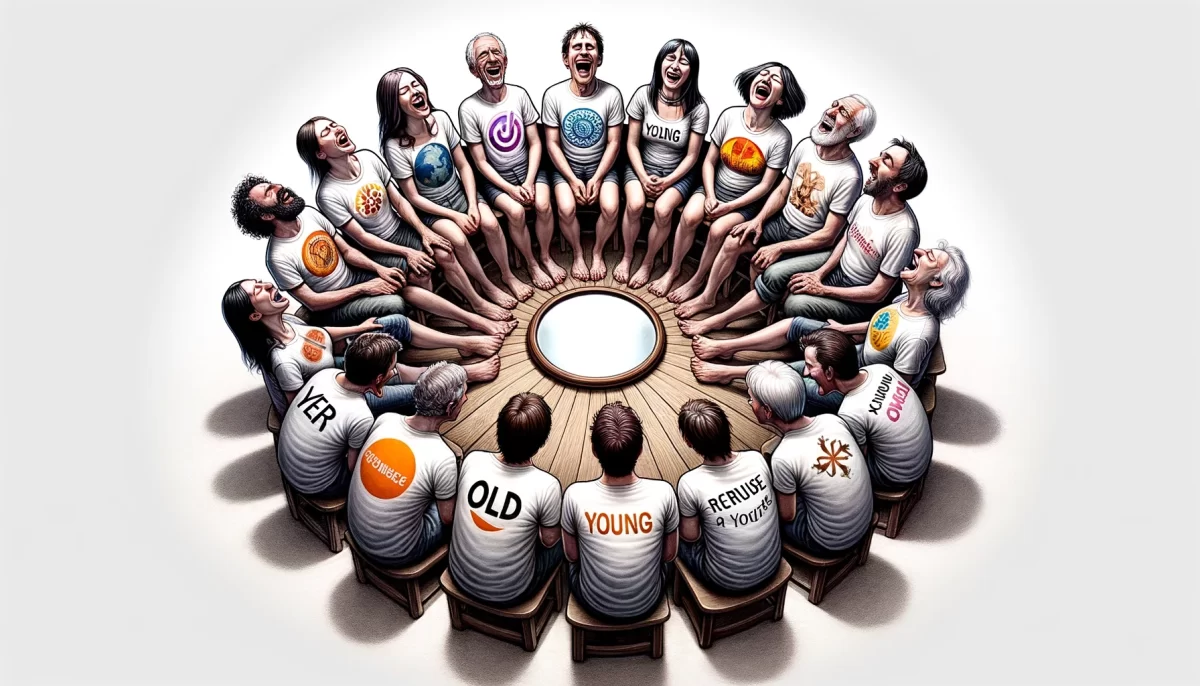
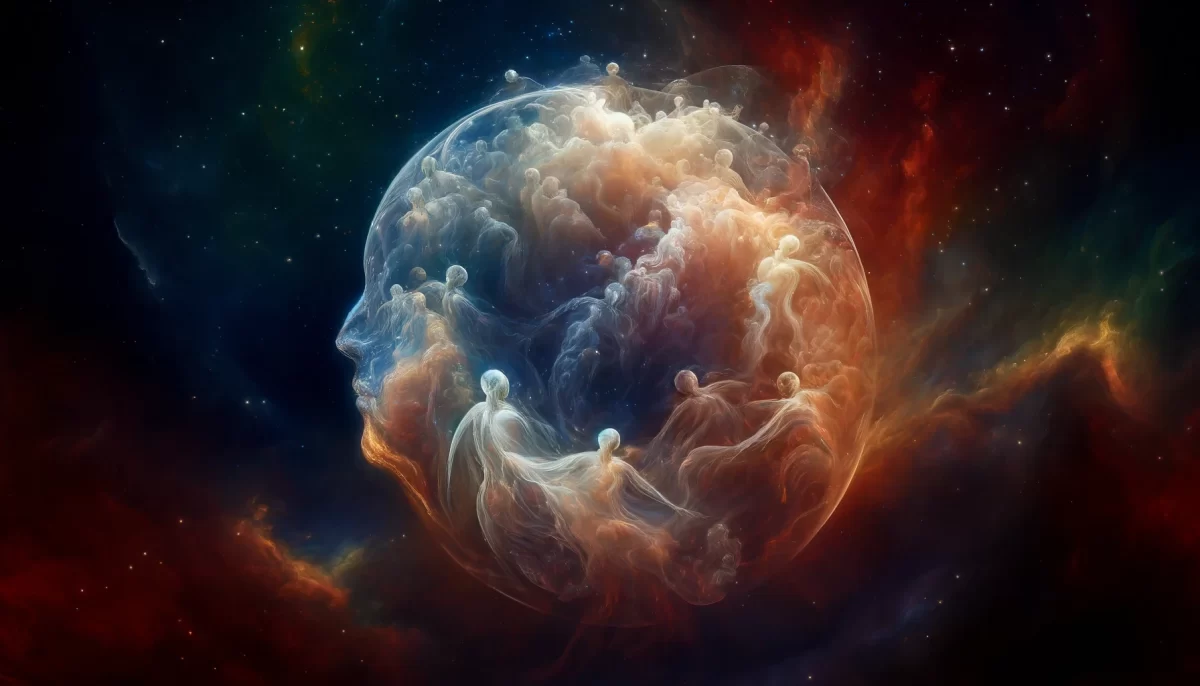
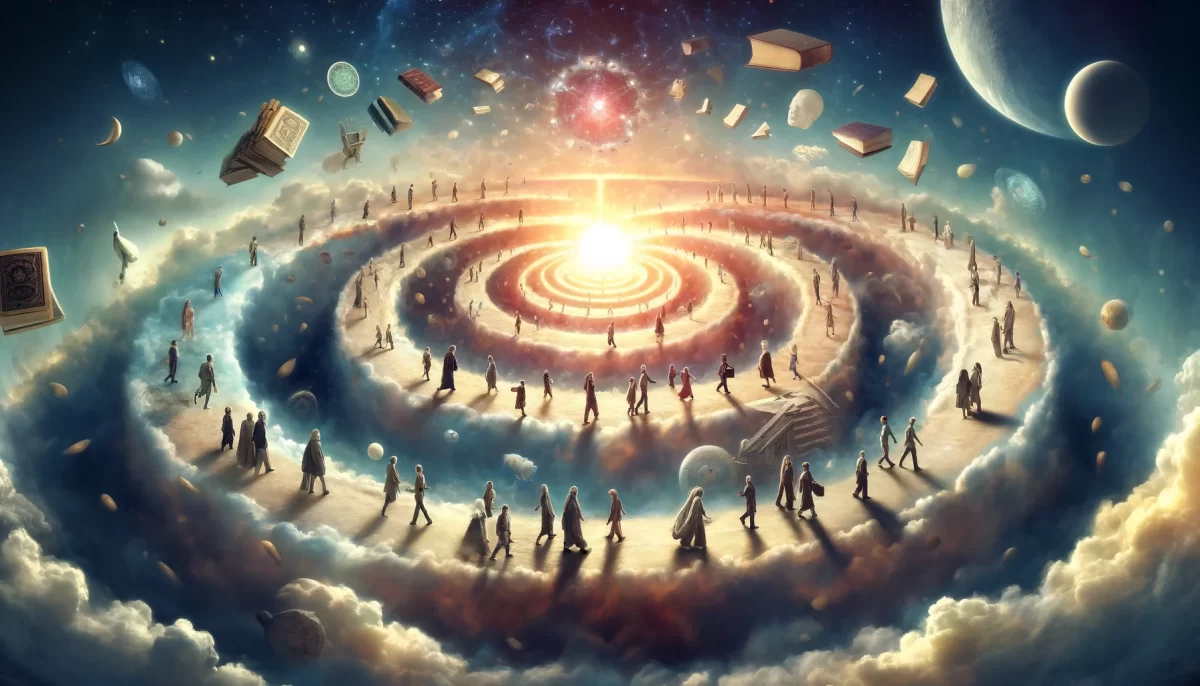




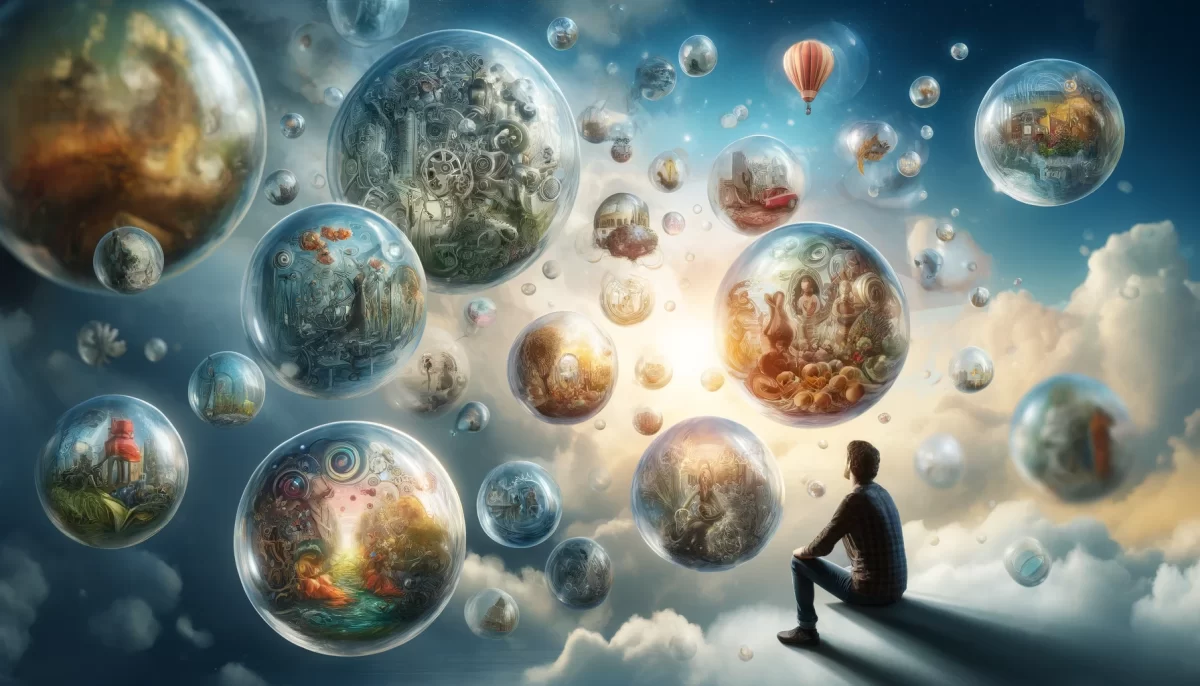




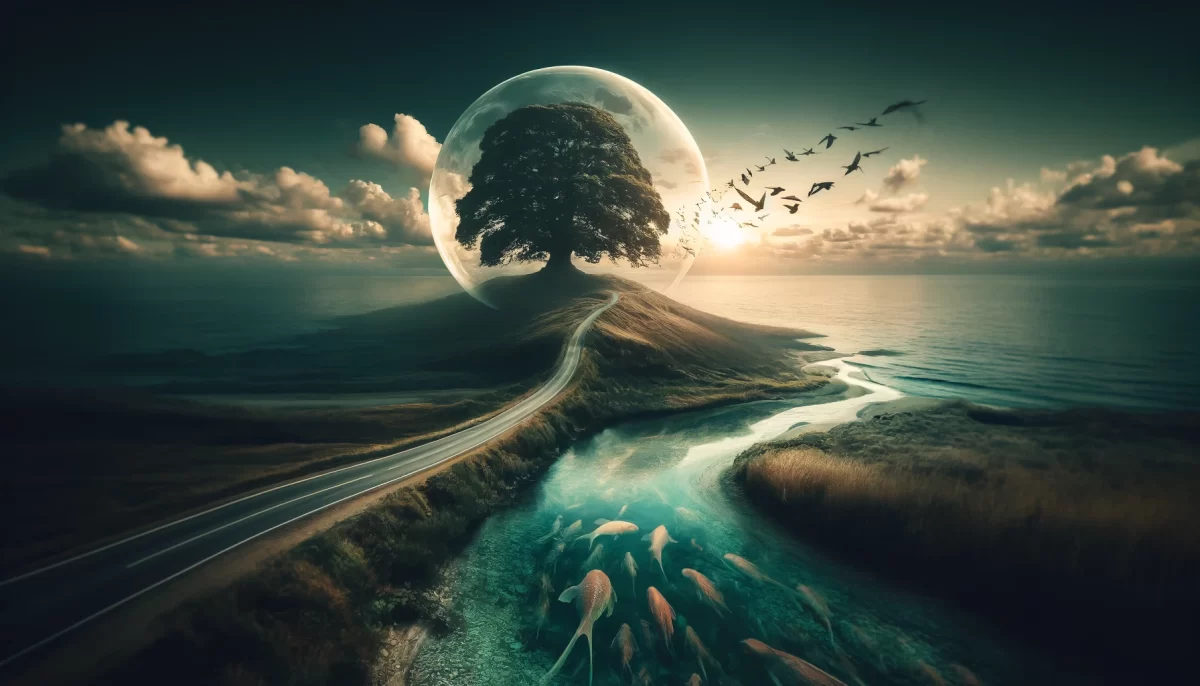
Leave a Reply